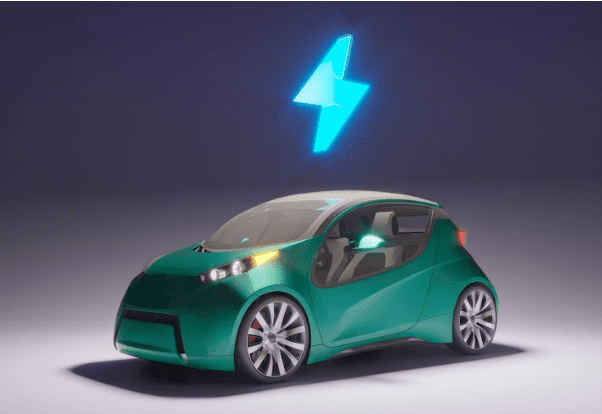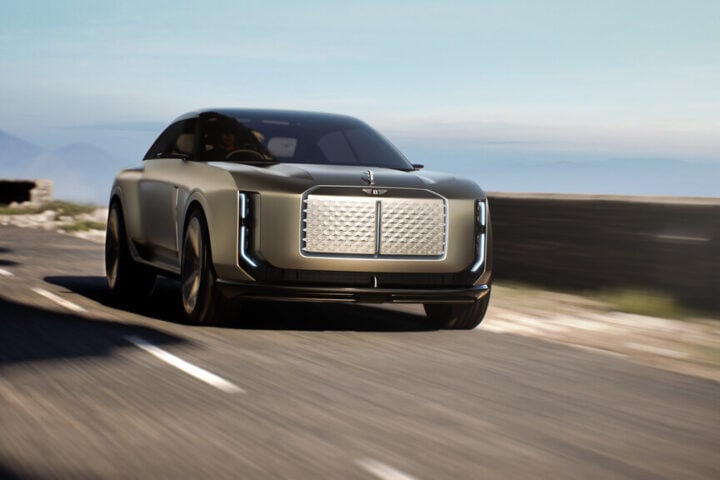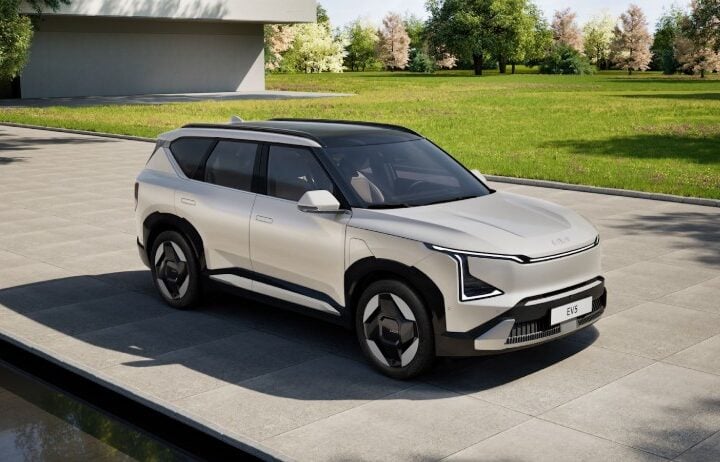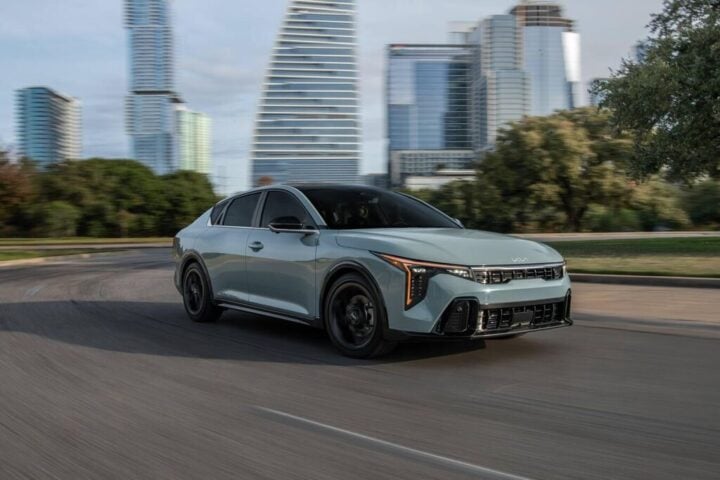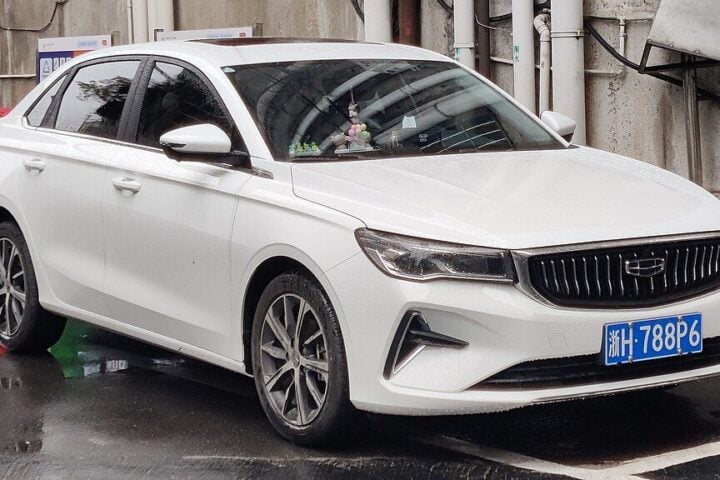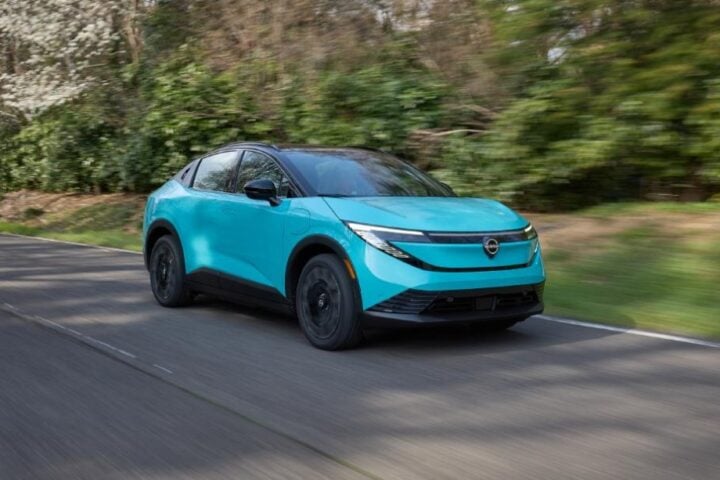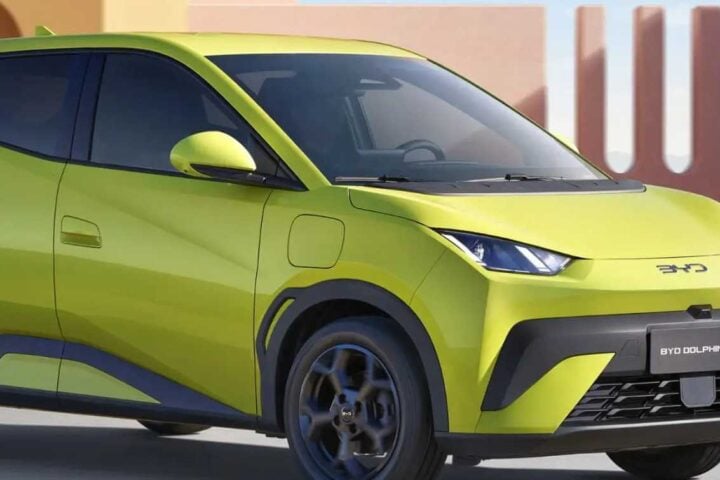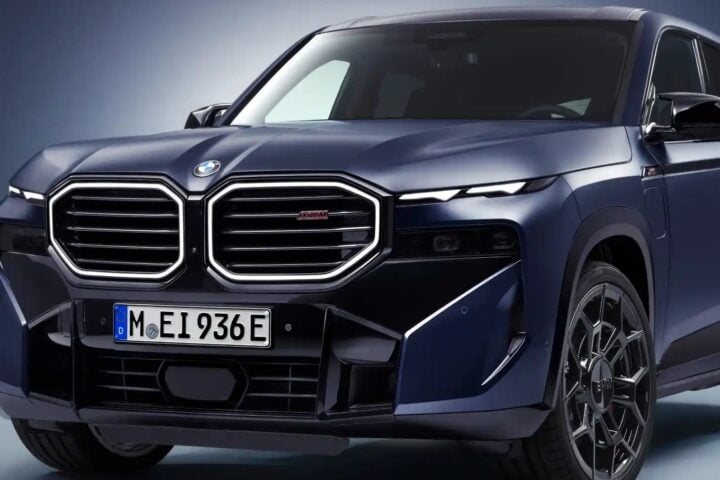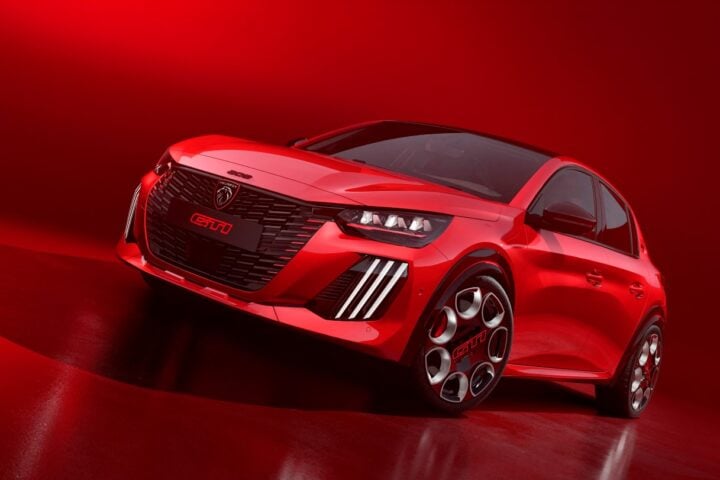Transforming the automotive industry, the rise of electric vehicles (EVs) is poised to revolutionize EVs even further by potentially increasing their driving range up to tenfold due to groundbreaking research in lithium-ion batteries. Two prominent research institutions in South Korea, Pohang University of Science and Technology (POSTECH) and Sogang University, have collaborated to develop a new material that could dramatically expand the charge capacity of EV batteries. A novel material that harnesses both hydrogen bonding and Coulombic forces, which refer to the attractive interactions between positive and negative charges, has been created by the researchers. By addressing the limitations of high-capacity anode materials, such as silicon, the combined effects of these forces enable the use of Silicon and other high-capacity materials that were previously deemed too unreliable for widespread application in EV batteries.
High-capacity anode materials possess at least 10 times the capacity as compared to current materials like graphite and silicon. The researchers, moreover, found that by removing cobalt and increasing the lithium content in EV batteries, they can substantially enhance the energy density and preserve most of the battery’s capacity even after hundreds of charges. As they rely on electricity instead of fossil fuels, the surging popularity of electric vehicles can be attributed to their greener environmental impact. E-V owners, additionally, enjoy savings on fuel costs and benefit from financial incentives offered through government tax breaks. With over 750,000 EVs sold in the United States alone, the global EV market will surpass $1 trillion in sales in 2022. A joint research team from POSTECH and Sogang University has developed a functional polymeric binder for stable, high-capacity anode materials to meet the growing demand for high-capacity batteries that can extend the driving range of EVs.
Similar Post
While ensuring stability and reliability, this breakthrough was achieved by replacing graphite with a silicon anode combined with layering-charged polymers. The study was published as the Front Cover Article in Advanced Functional Materials. Range anxiety, which arises from the perceived difficulty of taking longer trips due to limited driving range, is one of the main concerns regarding EVs. Range anxiety could become a thing of the past by expanding the range capacity of EV batteries through this innovative research. A lead researcher from POSTECH, Professor Soojin Park, emphasized the potential of their findings for significantly increasing the energy density of lithium-ion batteries and extending the driving range of electric vehicles. Anode materials based on Silicon have the capacity to potentially increase the driving range of EVs by at least tenfold. Offering at least 10 times the capacity compared to conventional graphite anodes, high-capacity anode materials, including Silicon, play a crucial role in creating lithium-ion batteries with high energy density.
The challenge, nonetheless, lies in mitigating the volume expansion of these high-capacity anode materials during the reaction with lithium, as it can impact battery performance and stability. In order to address this, researchers have been exploring polymer binders that effectively control volumetric expansion. Research done previously primarily focused on chemical crosslinking and hydrogen bonding. Chemical cross-linking involves covalent bonding between binder molecules, resulting in a solid structure, but with the limitation that broken bonds cannot be restored. On the other hand, hydrogen bonding offers reversible secondary bonding between molecules based on electronegativity differences, but its strength is relatively weak. Both hydrogen bonding and Coulombic forces are harnessed by the newly developed polymer by the research team. A reversible means to control volumetric expansion is provided by Coulombic forces, with their higher strength compared to hydrogen bonding.
